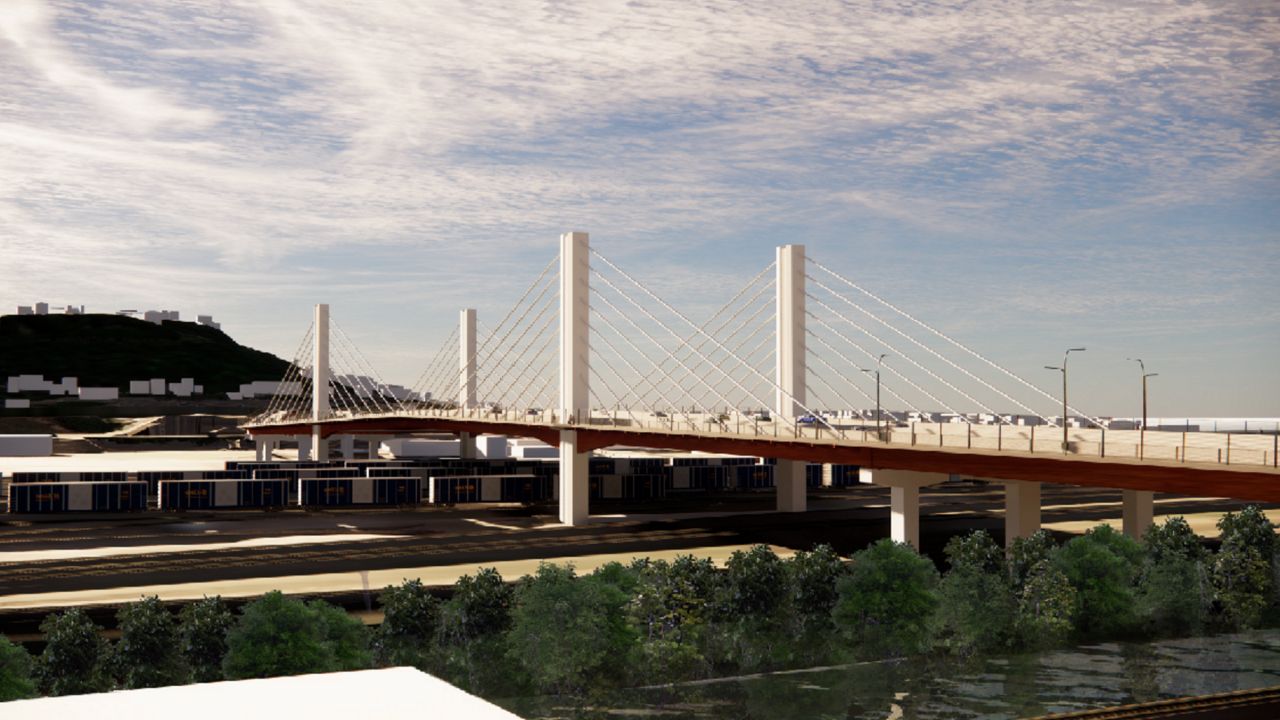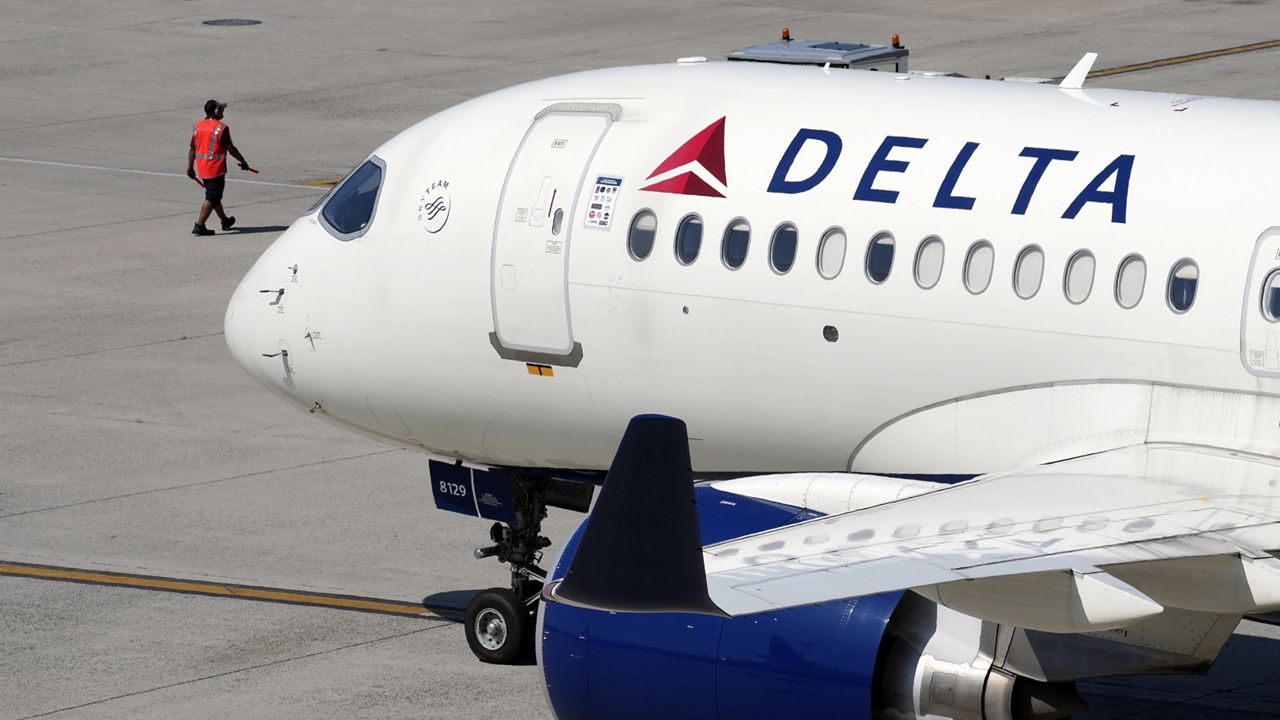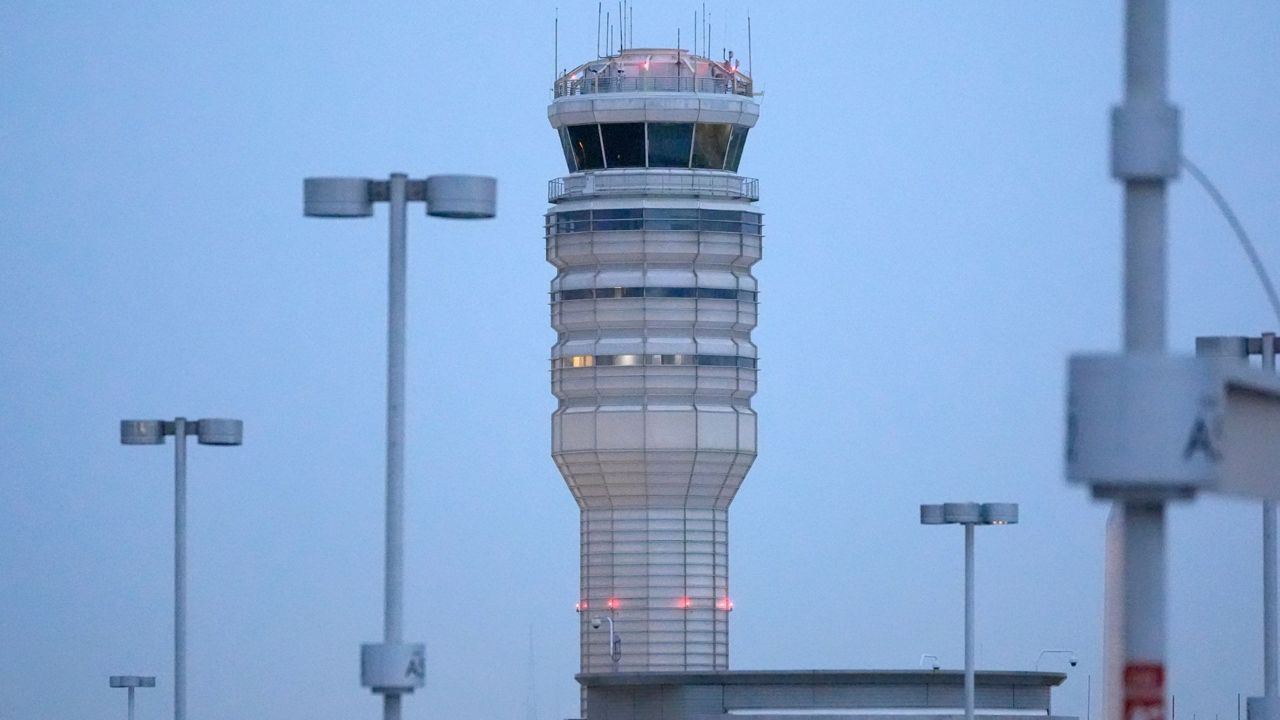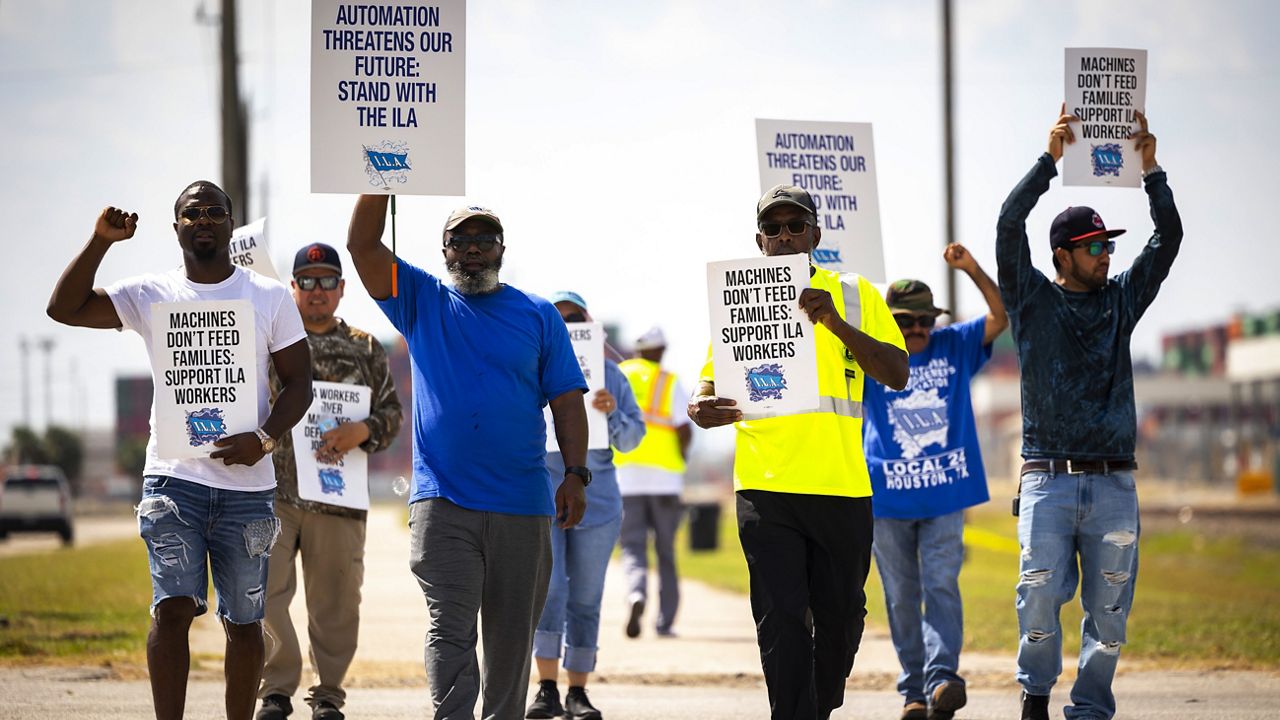CINCINNATI – Prep work for the Western Hills Viaduct replacement began earlier this month. Physical construction on the half-mile long bridge will start in 2025, with a completion date set for 2030.
Few people are more excited about it than John Eby.
What You Need To Know
- The City of Cincinnati and Hamilton County began prep work for the replacement of the Western Hills Viaduct earlier this month
- A nearly $400 million project, the new Western Hills Viaduct will serve as a gateway to the region's western side
- More than 55,000 drivers use the viaduct every day
- Beyond improving an important piece of infrastructure, the project represents continued investment in the city's West Side
A lifelong West Side resident, Eby grew up in Price Hill and moved to Westwood after he got married. The 60-year-old has driven the viaduct to access Interstate 75 and Central Parkway for parts of the past five decades.
The bridge is a major artery connecting Cincinnati’s downtown and uptown neighborhoods to western Hamilton County. Every day, more than 55,000 vehicles cross over the half-a-mile span, which covers the Mill Creek Valley and a large, active railroad yard.
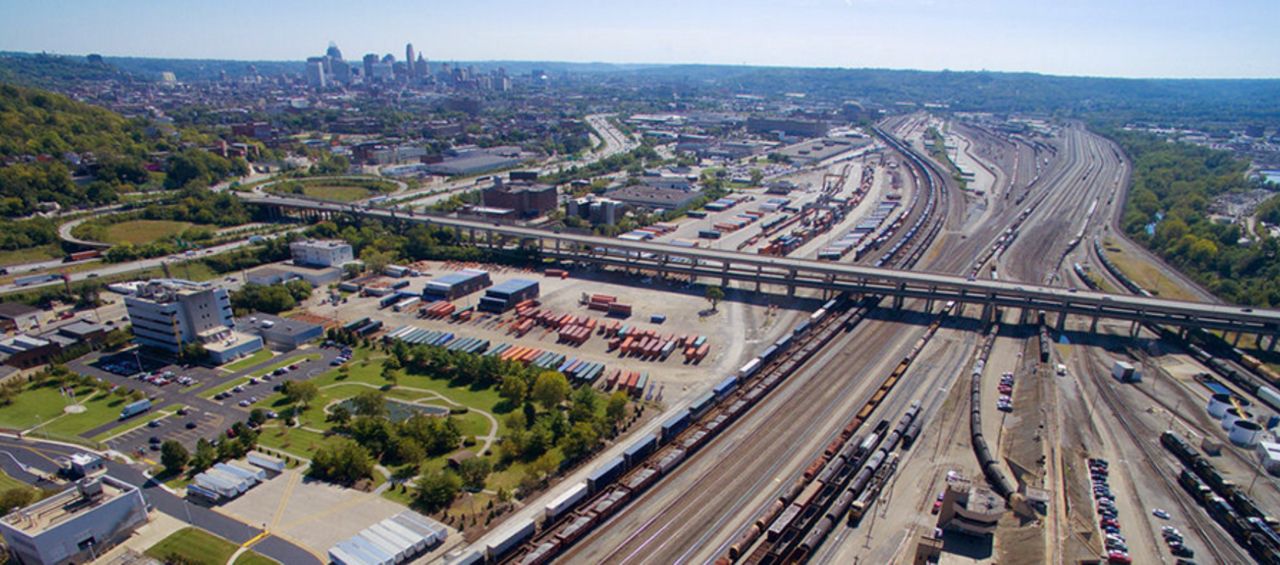
“The viaduct and Queen City Avenue lead to everything on the West Side—whether it’s East Price Hill or Green Township or Indiana,” Eby said.
Despite its significance, the viaduct has fallen into a state of disrepair in recent years. West Side residents and transportation advocates have called for its replacement for more than a decade.
The Western Hills Viaduct received a “4” on the Ohio Department of Transportation’s most recent condition ratings. On the “0-9” scale, a rating of 4 is classified as “poor.”
Because of its condition, the two-deck bridge now has weight limits that mostly affect heavily loaded trucks. In May 2021, crews installed nets above the intersection of Spring Grove Avenue and the lower deck of the viaduct to help catch loose concrete.
The city’s Department of Transportation and Engineering (DOTE) wrote on its website the structural condition of the bridge continues to worsen. Some of the steel elements are difficult to inspect, per the city, because they’re covered in concrete.
DOTE, which maintains the viaduct, performs regular maintenance and inspections of the viaduct. The bridge is safe to use, per the city.
Eby doesn’t take any chances, though.
“A couple years ago, I bought a little $7 rosary to put in my car. Every time I cross over the viaduct, I pray the rosary so that it wouldn’t fall down or a piece of concrete from it wouldn’t fall on my car,” he said. “So, needless to say, I’m pretty happy that they’re replacing it.”
The road to a new Western Hills Viaduct
The Western Hills Viaduct replacement project is a collaboration between the City of Cincinnati and Hamilton County.
Eric Beck, the Hamilton County Engineer, described it as a “huge project” with the potential to benefit the “whole county and the Tri-State region.”
The project will cost about $398 million. That figure includes the design of the single-deck bridge, as well as right-of-way acquisition, construction of the bridge and removal of the existing viaduct.
Hamilton County and Cincinnati already secured $152 million in federal and local match funding. That includes federal and state grants plus local matching funds from both the city and the county.
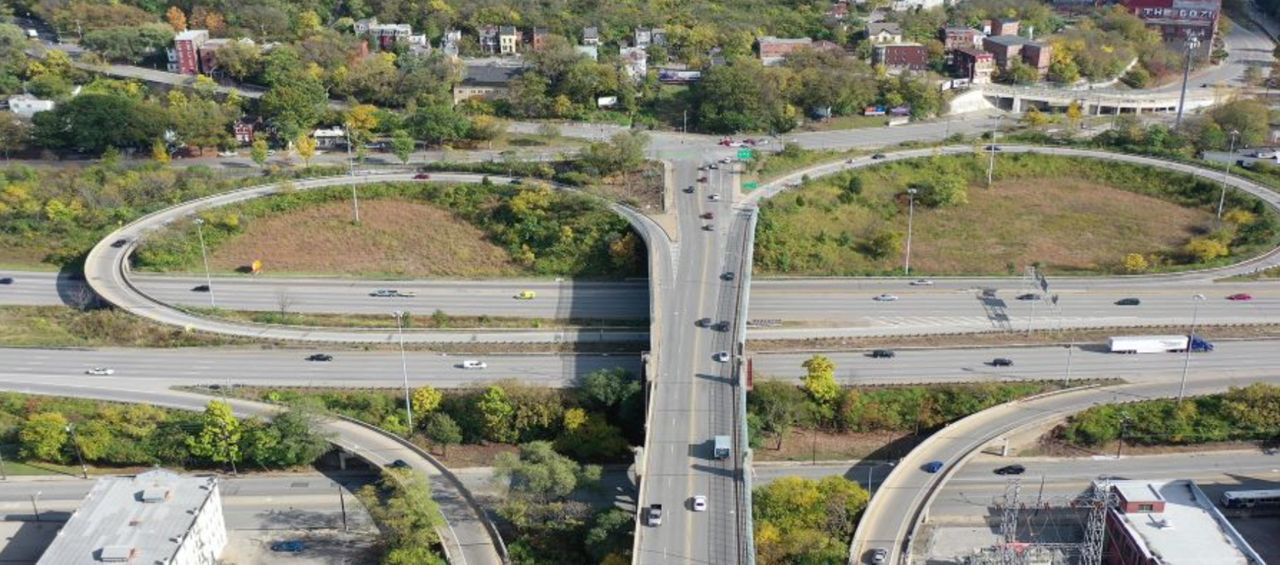
They also received a $205 million grant from the Southwest Ohio Regional Transit Authority (SORTA) last September. The grant will be payable in annual installments of a little more than $8 million over the next 25 years. Payments start in 2022.
The city expects to use funds from the SORTA grant to pay direct construction costs, and to repay principal and interest on long-term bonds issued for the project. The funding from SORTA will come over time, not in a single payment.
The SORTA funds are a byproduct of a transit tax Hamilton County voters approved in May 2020. Proceeds from the tax are being used for transit-related infrastructure, such as the viaduct replacement.
“It’s a great tribute to the people of Hamilton County to have the forethought to see what infrastructure needs to be improved and to move forward with that,” Beck said.
Mark Policinski, CEO of the Ohio-Kentucky-Indiana Regional Council of Governments (OKI), commended the City of Cincinnati and Hamilton County for spearheading what he called an “innovative solution to funding the much-needed replacement.”
OKI works with communities in eight counties to advocate for federal funding to support local and interstate projects. OKI has ultimate authority over all federal dollars spent on surface transportation in the region.
To date, OKI has awarded $18 million toward the project, with funds used for early acquisition of right-of-way, utility relocation and future construction.
“We are happy that the project has finally begun,” Policinski said. “It’s absolutely necessary to see its completion. This has been a long time in the making.”
2030 is still years away, but it’s better than nothing
After more than 10 years of planning, site preparations for an eventual viaduct replacement finally began March 1. Construction won’t start until 2025 at the earliest, though.
This is due, in part, to extensive and required prep work. That includes gaining access to and demolition of six buildings by the mid-2020s to make room for the future bridge, which will be about 50 feet south of the existing bridge.
Other work includes moving utilities, transmission lines and a Duke Energy substation. They also need to construct foundational supports for street ramps on the western end of the project footprint.
“That whole process of building a new substation, and relocating this utility line is about three to four years,” said Bill Shefcik, project manager for DOTE.
The project team must also complete the design and engineering plans with the Ohio Department of Transportation. ODOT plans to replace and reconfigure the I-75 interchange, which is still in the preliminary design phase.
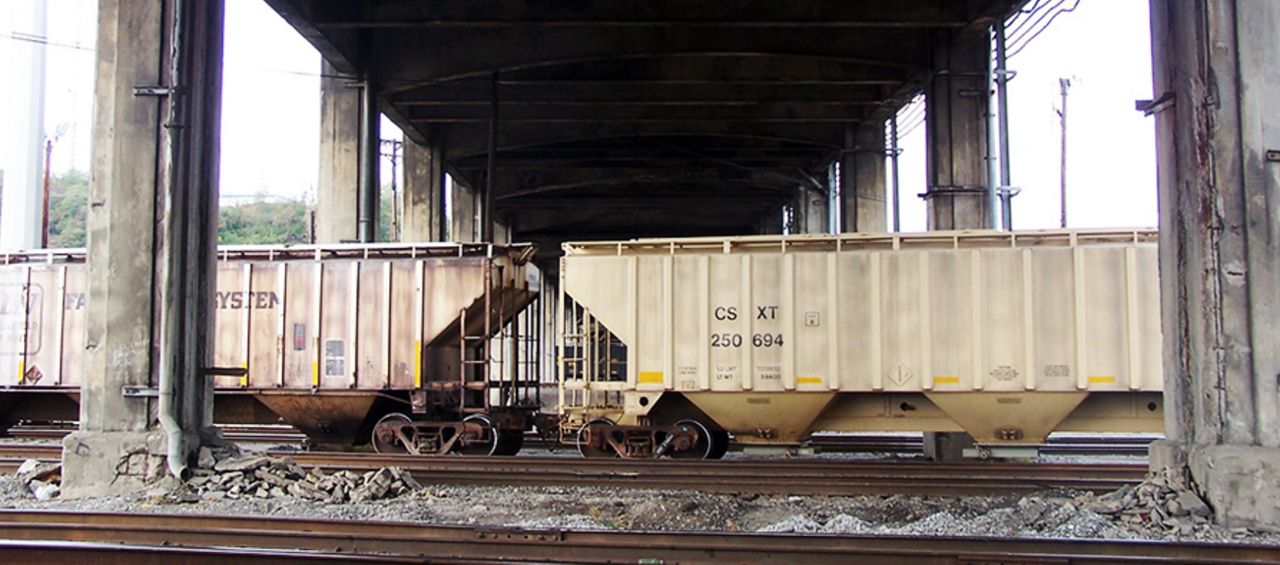
One of the major challenges is working with railroad companies—Norfolk Southern Railway and CSX—that operate 32 active tracks underneath the project site, Shefcik said. Trains run all day through the year.
“We need to build the bridge in a manner so we don’t impede the railroad traffic, which causes the construction to be extended,” Shefcik said. “We are trying to accommodate their schedules.”
The railroad companies have been “very cooperative,” Shefcik said, though the train traffic will inevitably slow down construction.
Once construction starts, the railroads will use inspectors to communicate with the bridge team. They’ll keep them informed of train schedules and try to identify ideal work windows for construction, Shefcik said.
“Ideally, you work in advance, try to plan ahead, windows of time that you need, so that you can work over the tracks and around the tracks,” he said.
The good thing about the timeline is it means traffic issues won’t be a challenge right away. There may be minor traffic delays from time to time, Shefcik said, but major traffic disruptions won’t occur until bridge construction begins.
The existing viaduct will remain in place and continue to carry traffic until after construction wraps up on the replacement.
Repairing the existing viaduct would have shut it down completely, Shefcik said.
“We are going to avoid large expenditures into the existing bridge as we know it’s going to be removed. But we are prepared. We have funding set aside for repairs,” Shefcik said.
The full project, which includes the reconfigured I-75 interchange and removal of the existing viaduct, won’t be complete until 2030, according to the City of Cincinnati.
“Would it be great if it could go up faster? Absolutely. But I’d rather have them take the time and do it right and get it done,” Eby said.
Paying it forward to the West Side
To Eby, the Western Hills Viaduct project isn’t just an investment in infrastructure; it’s a commitment to the residents who live on the western side of greater Cincinnati.
Once struck by the driver of a car, Eby would like some additional traffic calming measures added to the bridge. Plans for the viaduct include a protected, shared-use path on one side and a sidewalk on the other. The goal is to improve the utility and safety of the bridge for pedestrians and cyclists.
Eby would like to see the design team “have a little fun” with the design. He’s an engineer and knows his peers can be “stodgy.” If they find an interesting use of lights or other artistic features, though, it could make the viaduct “a marquee piece along I-75,” he said.
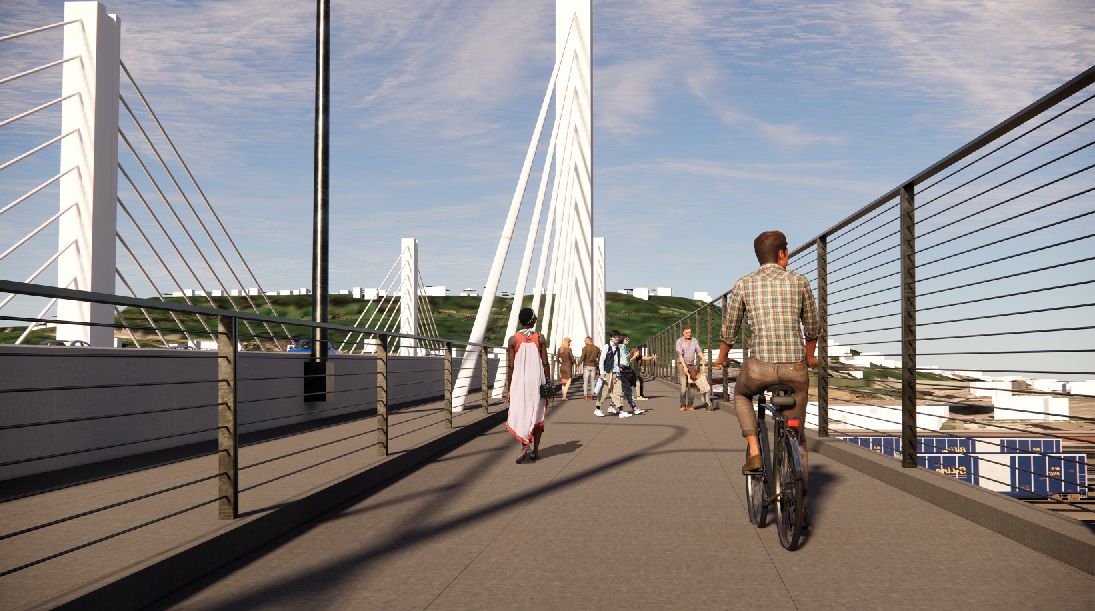
“If they do it right, this new bridge can bring some serious attention to the West Side,” he said. “People are going to go across that bridge, they’re going to drop right on to Queen City Avenue where they’re going to see all the work that’s been done to bring back the Mill Creek,” Eby added.
Policinski feels transportation, quality of life and economic development all go hand-in-hand. “You cannot have one without the others,” he said.
The replacement of the Western Hills Viaduct is “absolutely critical” to the overall health and well-being of the region’s transportation system, Policinski added. He feels it’s second only to the Brent Spence Bridge in terms of need and importance.
This “fundamental piece of Greater Cincinnati’s infrastructure,” Policinski said, provides critical connectivity for people and goods traveling over the Mill Creek Valley.
“When completed, the new viaduct will improve the economic vitality of the region, enhance passenger and freight mobility, and serve as a 21st-century bridge designed to safely handle the 55,000 vehicles that use it daily,” he added.
The investment in the viaduct shows West Side residents that City Hall and County Administration care about what’s going on in the West Side,” Eby said.
That wasn’t always a sentiment shared by residents in that part of town. But those feelings started to change a few years ago, Eby said, when more local government dollars began flowing into West Side communities.
Recent projects include the Metropolitan Sewer District’s Lick Run Greenway, enhancements to the Westwood Business District along Harrison Avenue and collaborations with Price Hill Will on beautification efforts on Warsaw Avenue. Westwood is now also home to a new Designated Outdoor Refreshment Area, or DORA.
One of the biggest investments was the street rehabilitation and repaving projects on Queen City Avenue. The $4.5 million project includes rehabilitation of 13 additional streets that run through South Fairmount, East Price Hill, West Price Hill and Lower Price Hill, as well as traffic-calming measures on Queen City and Westwood avenues, major streets that run along the Lick Run Greenway.
“It’s a new day, down at City Hall. They’re not just thinking about the West Side, they’re investing in the West Side,” Eby said.





